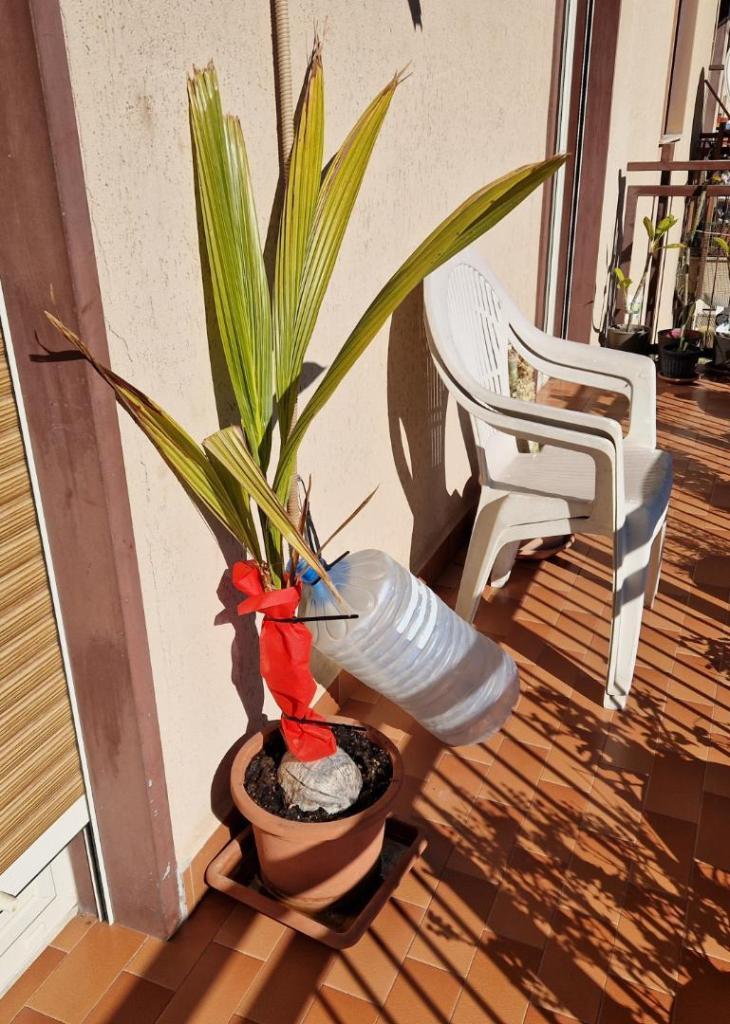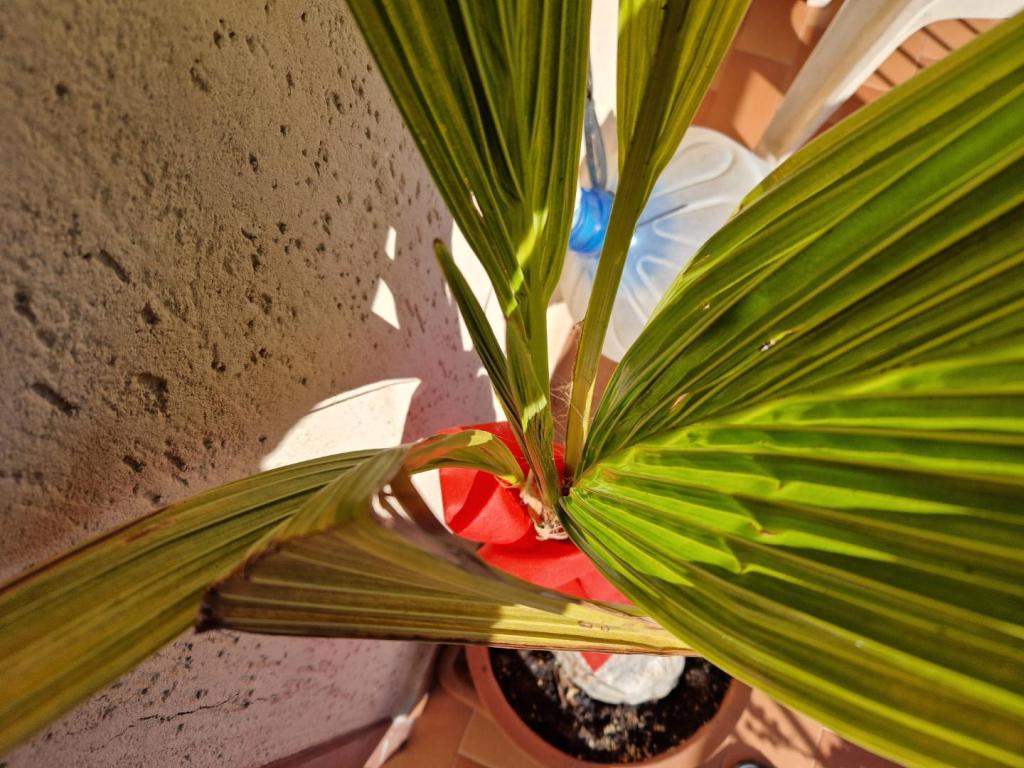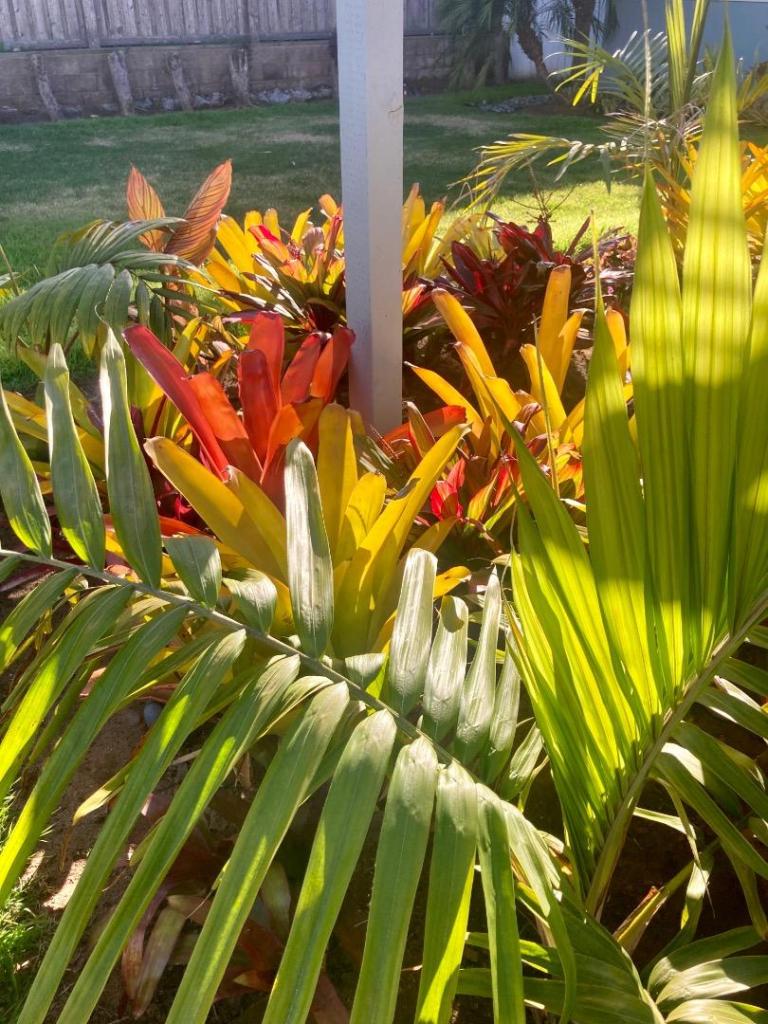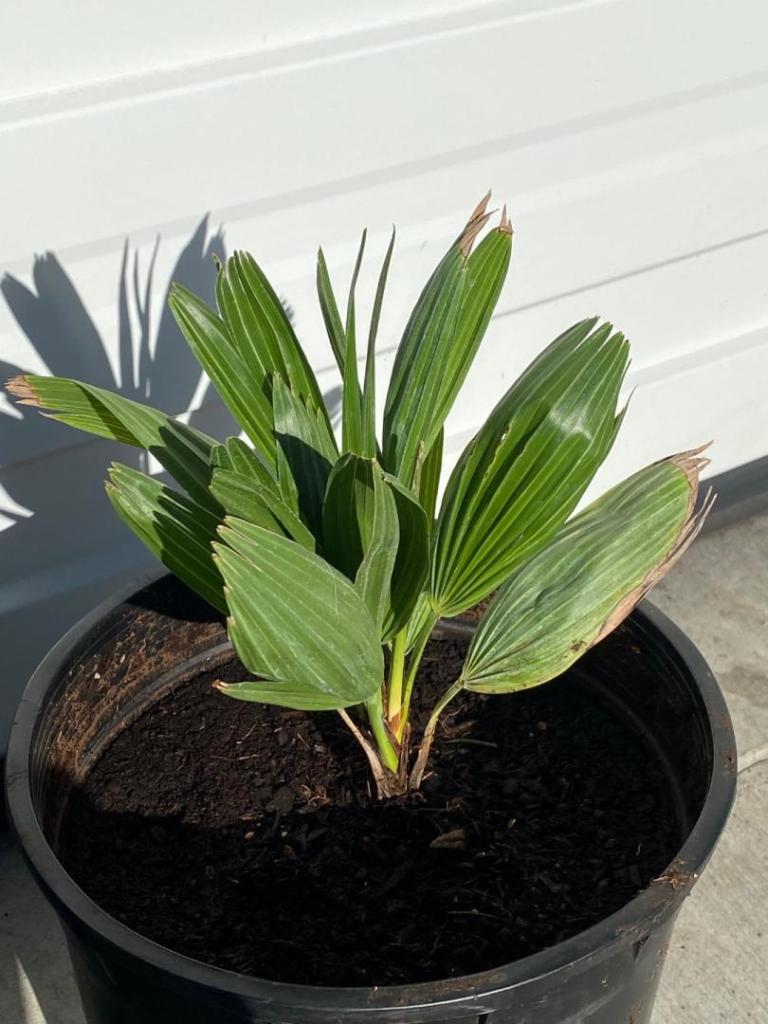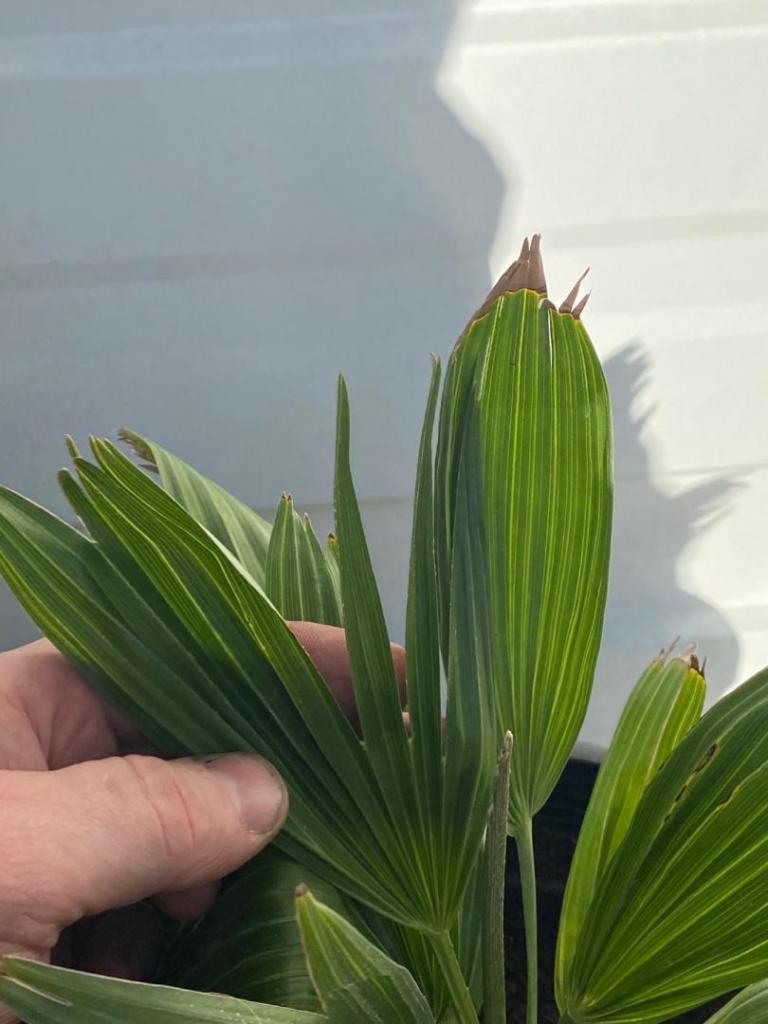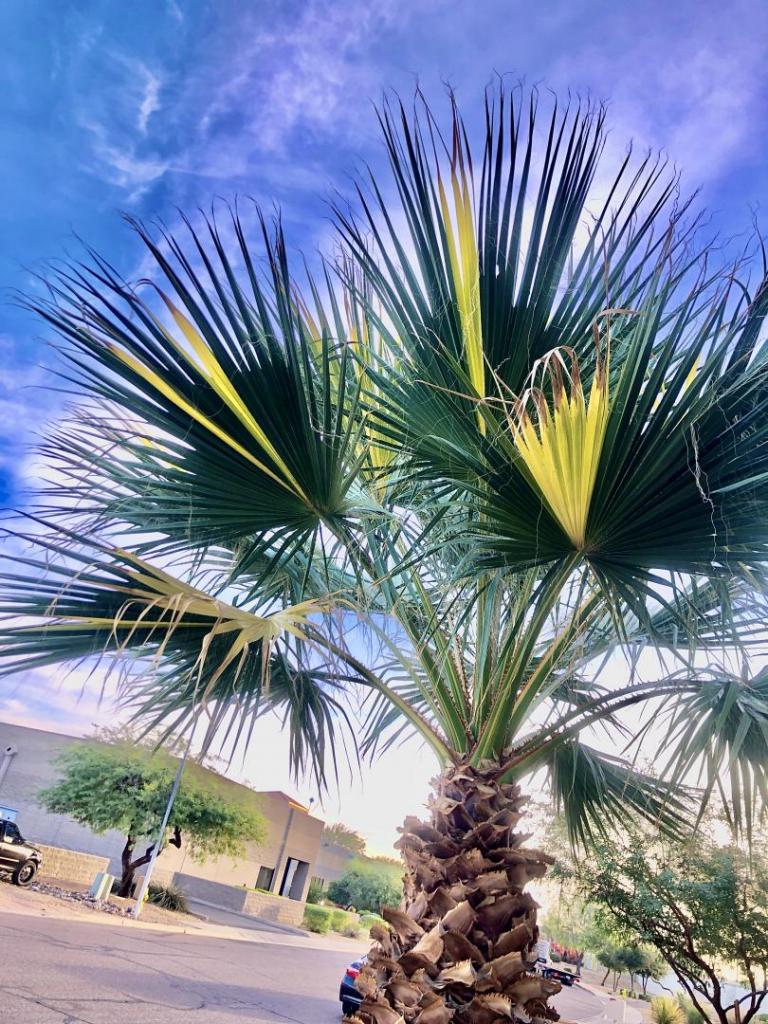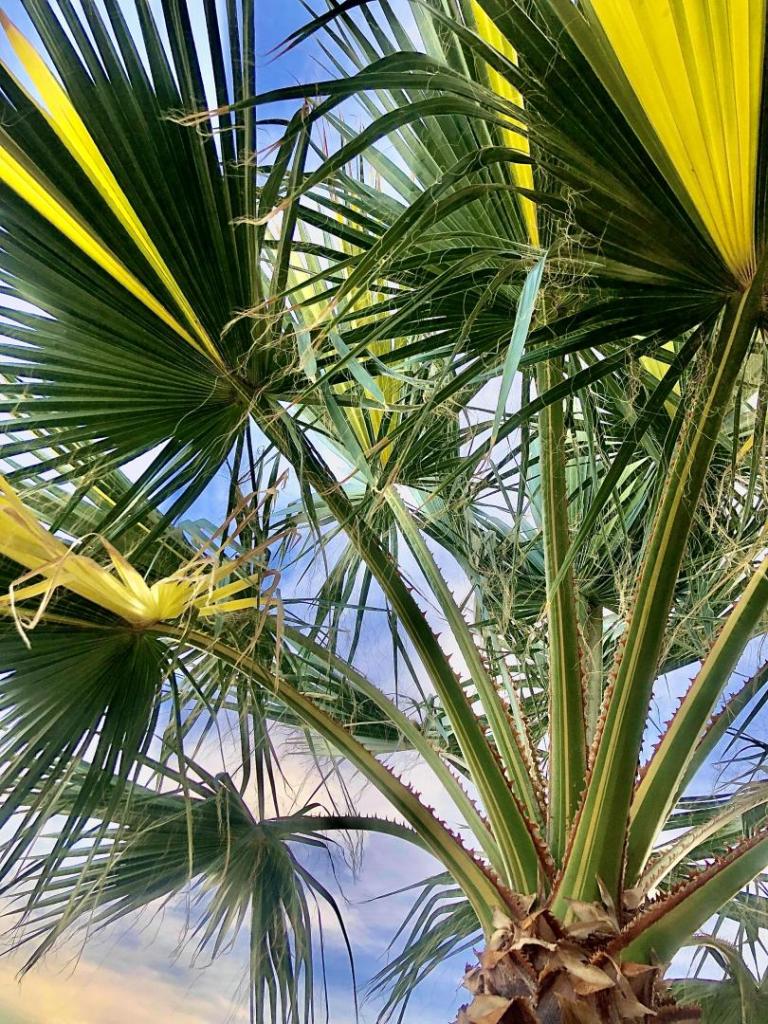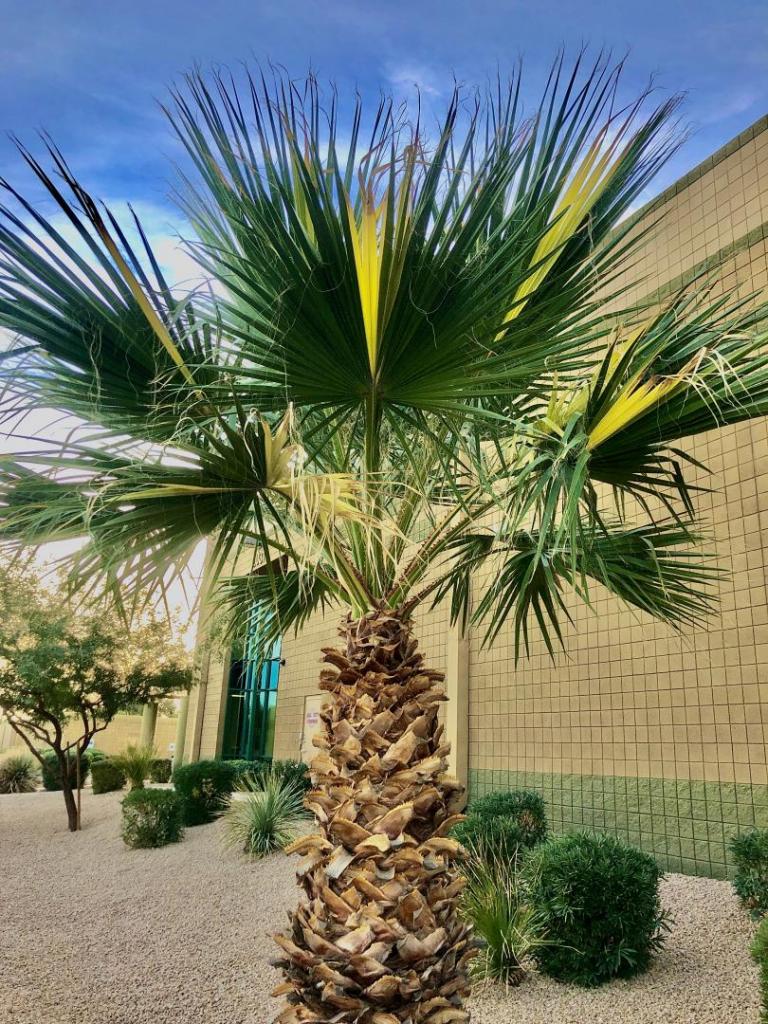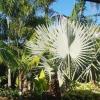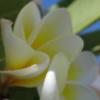Leaderboard
Popular Content
Showing content with the highest reputation on 02/02/2023 in all areas
-
https://www.palmpedia.net/palmsforcal/Presteoa_acuminata_var._acuminata This link shows my previous attempt to grow this palm. Unfortunately the original ones died several years ago. I was fortunate to receive 3 seedlings a few years ago from a Bay Area plantsman, after his return from a visit to Ecuador. I raised them up to 3-gallon citrus pot size and have ground planted two in my garden today. The third one I gave to a fellow palm gardener here in SF. When I receive a gift of special plant material I don't consider it to be truly mine until I can pass some along to a third person. Anyone else growing this in California ? Here is the image of one I planted today !12 points
-
5 points
-
I have never delayed planting relative to the "seasons", which hardly matter here at all. Check out my seasonal temperatures. In the next few weeks or months I will install two Howeas, a Hedyscepe, a Pritchardia, and an Arenga.5 points
-
4 points
-
4 points
-
4 points
-
3 points
-
The palm was recovering all summer from the previous winter that almost didn't make it. Until January the weather has been very mild and dry. But now in February for the next few days we'll have some cold weather and rains. Not good for the cocos but ofcourse we need the rain here on the island. I try now to keep the roots as dry as possible. I hope it will help. I hope your cocos will be OK in the winter. You might need a bigger pot soon. Will you plant it in the ground in the future?3 points
-
Does well here and I have just germinated a batch of NZ produced seed. Colour is not quite on a par with a Lipstick palm but fabulous all the same.3 points
-
Ice is the absolute worst . 👇 25 years ago I went through this 👇 Some places 3” of ice. High tension lines crumbled like slinkies. Folks without power for over a month in January in the north east. 🥶 when weather calls for freezing rain take it seriously, it’s extremely hard to predict much like climate change. 🥳3 points
-
Croc’s are a whole different ballpark when compared to alligators. To Australians, Florida crocodiles would be like little pussycats. In Australia, and other areas around the world, I would obey the signs!3 points
-
As we have yet another Polar Vortex in December which has become all too common in the last 13 years, I look out at a garden full of damaged palms. They will survive but be unsightly for a couple of years, AGAIN. They were just growing out of the last damage 2 years earlier. I will have to look at that and pick up endless fronds while cursing them. Take my advice, even though we are classified at Zone 9a plant palms safe for Zone 8a like Mules, Chamaerops, Chamaedorea, etc and save yourself from the ugliness.2 points
-
I have a 13ft syagrus romanzoffianana and a 6ft one in London and its not babied at all completed unprotected. The only thing it's babied with is lots of fertilizer and water in the summer. Never protected in the winter there is no need to. I think the issue for BC is the winters are too wet and cool. Here's also a better photo of the one from lamorran gardens during the end of the summer. London is also warmer than mild parts of BC through every month of the year. Part of the reason why in central London they would survive compared to there is it's a zone 9b/10a and the fact Tofino has 6.4x more rainfall than here annually.2 points
-
2 points
-
How fast do your robustas grow? From everything I've read and seen so far Washingtonias seem to grow almost as fast for me as they do in the South West of the US. I think this might be true because the biggest variety of palms comes from regions close to the equator BUT about the most commonly planted palms I'm not so sure. Last year I noticed that many of my palms (and even other exotic plants) increased their growth in late summer/early autmn. It looked like they appreciated the somewhat cooler temperatures combined with some rain.2 points
-
Lampedusa is very windy: perhaps it would be a good place to attempt outdoor Cocos growing, but I think Linosa would be even better.2 points
-
First of all, I obviously wasn't saying that England in general is subtropical. Far from it. We all know that the UK in general is temperate/oceanic, although there is a clear argument for southeast regions (including London) being borderline Mediterranean nowadays. I was laughed at for saying this 2-3 years ago, then last summer of course had less rain than many parts of California with some places registering 0.0mm for July. Some places only saw about 0.7 inches across all 3 summer months. The climate in southern England is a bit more complex than it just being standard oceanic/temperate across the board. Like there is a clear difference between the far southwest and far southeast of England. Regarding the Isles of Scilly, they technically aren't humid subtropical as they do not meet the definition of having an average summer temperature above 22C / 72F. However it is somewhat misleading as NYC technically meets the subtropical criteria, despite the fact that you cannot even grow a Trachycarpus Fortunei in NYC outside of the immediate coastal area on say Long Beach. Even there they probably won't be long term with freezes wiping them out every 20 years or so. Clearly the Isles of Scilly are more tropical-like than NYC in that they are generally frost-free and can grow wide range of subtropical fauna, despite the lack of proper summer heat. Going by that metric alone, I would say that places like Tresco are 'temperate subtropical', even though that that isn't a technical term. We'll have to agree to disagree on this however. Also I have posted photos of 50+ year old Phoenix Canariensis on the UK mainland before. This one for instance would have survived the brutal freezes of 1963, 1987 and 2010 back when it was much smaller. I certainly wouldn't be making comparisons between Germany and England when it comes to palm growing potential. I don't think there is a single, long-term or mature CIDP anywhere in Germany. You say that it will only take one event to wipe out most of the UK ones, yet this one has clearly survived the test of time. Not to mention this winter we have had 2 very bad freezes with the coldest temperatures in London for 3-4 decades. The mature CIDP at least are pretty much bulletproof in many areas on the mainland now.2 points
-
I'm sorry but I have to correct this, it all depends on what part of the PNW you are in, its a large area. PNW encompasses some of British Columbia, Washington, Oregon, Idaho and parts of Montana. Much of it is actually cold and dry being composed of grasslands, mountainous regions, high desert and actual desert. It's hard to generalize over such a large area. Only a very small area would be considered similar to the UK. The coastal communities in WA, BC and OR would be the closest to the UK as they have much cooler temps in summer compared to inland areas. However there can be a large differential or multiplier of the amount of sunshine hours per year. And these areas are only a small fraction of what makes up the PNW. There is a common misconception of what it is like here, and I was guilty of that too before I started living here. Summers/Fall are totally different at my location than the UK, what is considered a heat wave in the UK is typical weather here, never mind we get about 2x the annual sunshine hours. Our winters and spring are similar so I would give you about 50% of the year. Just like California, as you move inland the temps rise. San Francisco is often foggy and cool but once you get close to Stockton or Sacramento the temps increase dramatically. The UK around London is considered a humid temperate oceanic climate, which aligns with many of our coastal communities. Once you get inland a bit most of Western Oregon falls under warm-summer mediterranean climate and further down it is hot-summer mediterranean climate. Sorry but I keep seeing the people compare to the two regions and I feel the need to clarify. It's like saying Florida and California are the same because they stay warm in winter.2 points
-
Not offhand, no. Mine are producing seeds now, so maybe I will get a few seedlings to come up variegated, but I'm not holding my breath.2 points
-
I also think the strong sun works both ways, during growing season the palm itself is warmer than ambient air temperature. During cold winter periods the palm also warms up more than the air temps. This is significant for the chances of survival in winter and for thriving during growth season. At our latitude a palm is almost never warmer than the ambient winter air temps. Perhaps slightly against a south facing brick wall, but even that works only for a slight distance off the wall. I once planted an archontophoenix cunninghamiana and protected it by an infra red lamp aimed at the trunk, connected to a timer during frosts. It easily surivived the cold frostnights in Amsterdam.2 points
-
The idea of planting palms seems to conjure notions of tropical climates being hot all the time. But some palms don’t require heat so much as simply not being too cold. That’s why you see palms in Britain which nobody would consider tropical. The temperature swings in the Bay Area are low and much different than ours. Hot for that area is often short lived and not enough to significantly warm the ground. I doubt that it makes much difference for planting. If a palm will be happy in that area, it will probably not mind being planted now.2 points
-
I second that queens are hardy in the low 20's. I hit 19f last winter & they took some leaf burn ( 50% maybe). This is a picture a few weeks after 22f this winter, still green. Unfortunately we hit 20f last night. I won't be home until tomorrow night but I'm sure queens will still be green since we heated up to 56f today. Seems like it was a brief dip.2 points
-
The million dollar question. Fantastic job with your coconut @Stelios2 points
-
Thank you! I think I am going to end up taking this one off his hands 😜2 points
-
2 points
-
2 points
-
Eric @ Leu Gardens said that Saribus really likes the wetter areas at Leu. I found they like part shade, and tend to yellow out in full sun. I moved my two small ones to part shade and they are a lot greener.2 points
-
2 points
-
I sold Palmpedia several months ago to someone who has the resources and passion to keep it going. It became too much for me alone to continue and provide the time and expense to do it justice. The new owner is an IPS Member, and a long time lurker on PalmTalk. He is a terrific guy, capable businessman, and a palm/plant lover. I think it is a good fit, and the future of the site is in better hands now that he is involved. Give him time, and I expect many more improvements. Thanks to all those who provided financial and emotional support during its creation and almost 20 year run so far. I too use the site often, and hope to for another 20 years.2 points
-
2 points
-
Hi, I have been growing different from seed this past year and I noticed some differences from the seedlings I got as "Sabal mexicana" seeds. The seed size was super huge compared to the palmetto, minor, brazoriensis or causiarum, but also the growth seems to look different. The bright green and softer leaves confuse me a bit, since all other Sabal seedlings I grew have the same dark green and stiff leaves. Also the "mexicana" seedlings grow faster and bigger than the others. Are "mexicana" seedlings supposed to look like that or might it be a Domingensis?1 point
-
In my opinion, growing Syagrus has nothing to do with mediterranean climates. Mine is temperate /oceanic. Lately Syagrus are being grown way up in Britanny (French Bretagne) which is at 48ºN, even cooler and more oceanic than here.1 point
-
I wanted to say that. Europe isn't the US. People here aren't so adventurous and curious to try new things. The US also has a larger palm growing culture than Europe in general. Even in the best of climates around the Mediterranean Sea you only see few people trying things that are uncommon. Even Queens are not that common in the South of Europe at least if you compare it to other parts of the world. Europeans also tend to try things just once MAYBE twice and if it failed they say "Ok. It's impossible". Not going much further into why something failed. It's a generalsation but it is what it is...1 point
-
I have 2 syagrus romanzoffianana in ground a 13ft one and a smaller 6ft one. Both regular queen's not hybrids or Santa Catarina varieties. I definitely agree that queen's haven't been tried in many places and that's part of the problem and I also have a theory on why some queen's that have been tried by some people died in the winter. @Axel Amsterdam Do you have a link to the one tried in Portsmouth? Personally my theory to why some people have failed is to do with drainage. Queen palms HATE wet cold soil. If you have clay soil in the UK unless you massively amend the soil I wouldn't bother with queen's they do well in mild areas with chalky or sandy soil though. The most dangerous thing to queen palms in the UKs mildest spots is root rot in the winter the cold won't bother them in 9b+ areas.1 point
-
1 point
-
Google growing degree days calculator and input values. Not all zones are created equal for example Canada has zones 8a/b as well but they don't get the same amount of sun.1 point
-
I believe this is what causes differences between filifera and robusta. Likely same species but through migration and adaptive radiation, different phenotypes thrive in different environments.1 point
-
I used to live in Germany 51°N now I live in Texas 29°N ,1500 miles south from my previous location. On a sunny day even when the air temperature is mild the sun feels so much warmer and aggressive due to the closer distance to the sun I haven't felt this in Germany and England won't be different. South England might get less freezes than us but after each winter storm temperatures go up significantly here in the south of the U.S. ,enough for a palm tree to start its recovering process. England is cool and mild for the most part of the year with only brief summers with occasional heat waves kind of the same climate as the PNW. Lots of gloomy rainy days. You do find some cold hardy palms at certain locations in England just like in the PNW. They don't grow as fast as they would do in the south. You can't have great success growing a Queen in such climates . People forget it's not all about the Cold Hardiness it's about the Heat Zone as well and that's where we benefit from it the most. Washies and Queens thrive in temperatures anywhere from 85F and up . They love our strong sun with 6 to 8 hrs of sunshine a day. Here in Texas we only get 2 to 3 months of roller-coaster weather with temps mostly in the 50s and 60s sometimes even in the 70s for days in the row with less than 10 days of usually light freezes over night. We do get our winter storms that can get pretty cold down to the teens in some northern TX locations but not ever year. Our cold snaps are short . 9 to 10 months of the year it's warm , hot and very hot with plenty of sunshine. There isn't such a climate in England so no wonder his Queen looks like crap for the most part of it. That's like me trying to grow a cherry tree in my yard . Wrong climate.1 point
-
1 point
-
Just brought the family down to SPI on New Year's Eve, royals etc looked great all things considered, just like these photos, some burn on the fronds but will recover easily. It was nice to see how well everything took it down there, and I was admittedly a little jealous.1 point
-
I've always been curious about that species and Atlas cedar but I don't have space for either (I do plan on doing an Atlas cedar bonsai eventually though). I like playing with reverse zone pushes as well. Several daffodils are quite reliable for me in coastal north FL, mostly Tazetta types like 'Erlicheer' which open around Valentines Day. I also have N. x odorus Campernelle and N. triandrus Thalia that have bloomed multiple years in a row. They get pollinated by the beetles that use Magnolia. And not much of a zone push since it's southernmost species, but I had Aquilegia chrysantha from seed for 4 years. They survived being in 1 gals on my full sun driveway in the summer I think most issues people report with them might be nematode susceptibility as I kept mine from contacting soil. And oddly, despite being a spring-flowering species every year they flowered in July for me. I have potted Bellevalia and Muscari macrocarpum but I haven't gotten them to flower yet. If you like the look of tulips you might like Eustoma exaltatum, weird annual gentian family member native to FL and various other parts of Southern US and South America. Leaves are a pretty pale blue green too.1 point
-
Thanks everyone for your informative posts and photos. Just Wow! Having lived on island for close to fifteen years now, watching the dissolution, evolution, and creation of new gardens is so gratifying. I have to take a step back and admire the individuality, creativity, preference, and passion that each brings to the culture. I’d like to think that my garden falls into that category and that I’m fortunate to be able to share with others. Tim1 point
-
1 point
-
Oh i see this palm has been ID’t before, sorry. Thanks for the confirmation it’s palmetto. It is very rarely we can see a sabal in this part of the world, the fact that it is one of the very few palms planted in Paris makes it even more unique.1 point
-
1 point
-
1 point
-
1 point
-
1 point
-
Sometimes you have just got to admit that some palms are special even if they are unpopular. For palm collectors in SE Qld, dypsis lutescens are to say the least unpopular. I'm sure you have similar stories in your area. This lute is pretty special to me as its the first and only time I have grown a palm to maturity from seed. I water it lovingly, feed it on a regular basis and it rewards me with beautiful colour even if most other collectors hate it. Hopefully a few more of you will add to this post and post pics of unpopular palms which you secretly admire for whatever reason.1 point
-
1 point


.thumb.jpg.f98e5066db1dec0358105c9c8eae8b39.jpg)

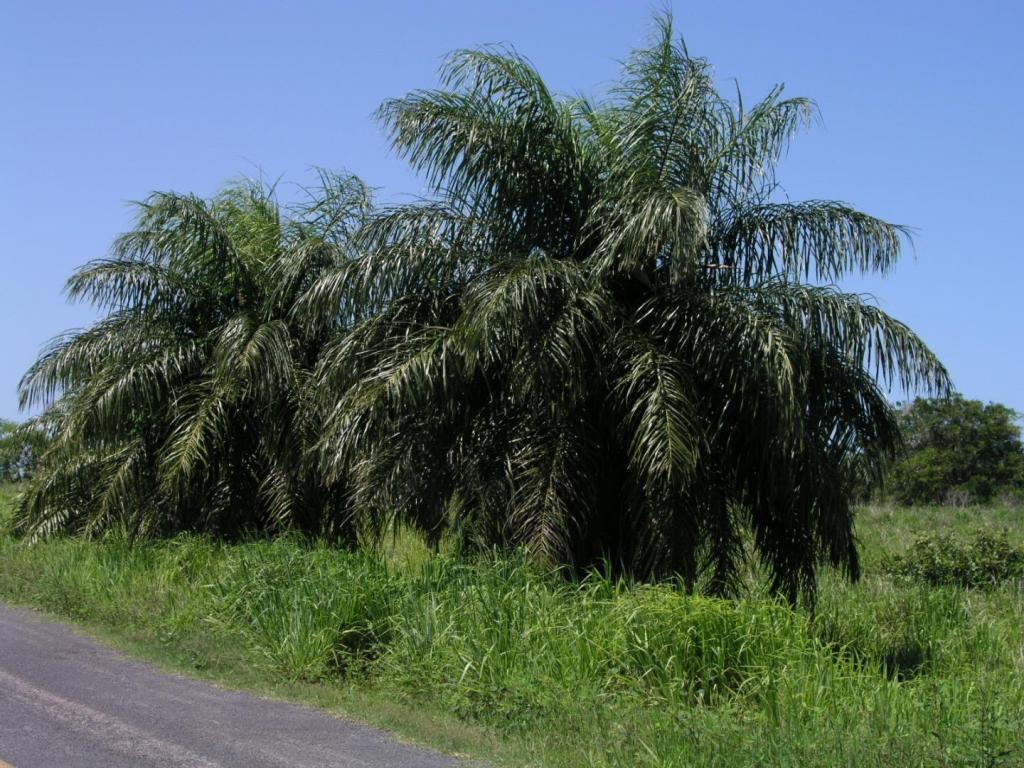
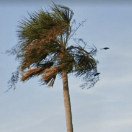
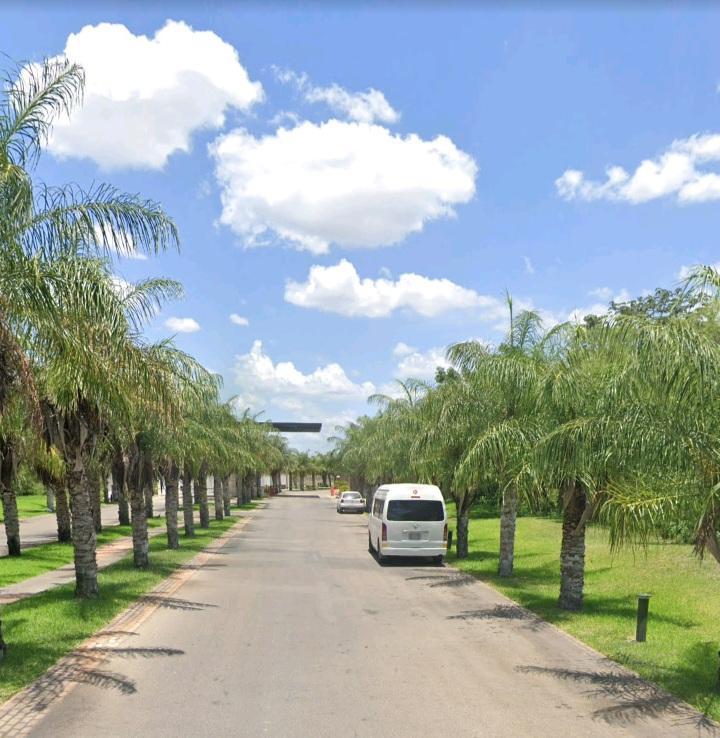
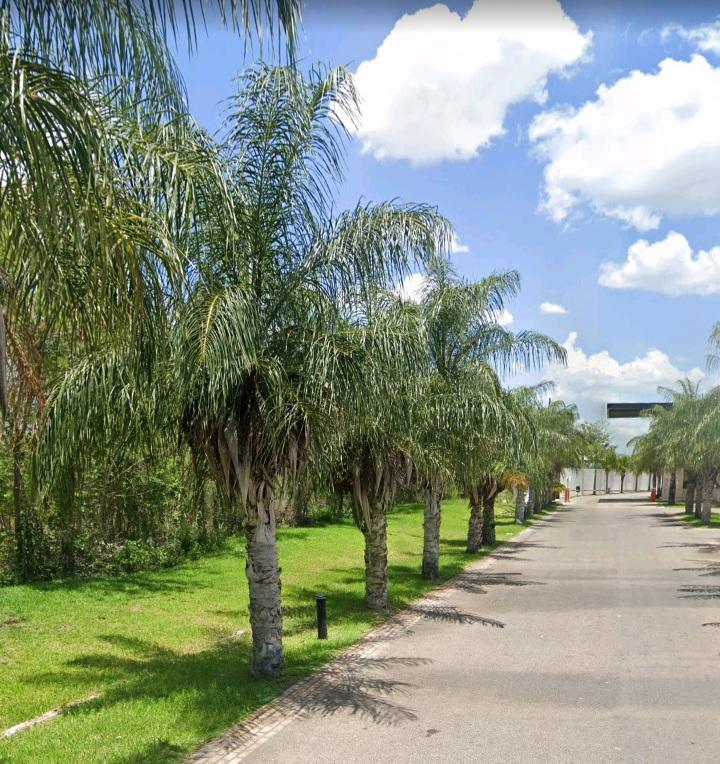
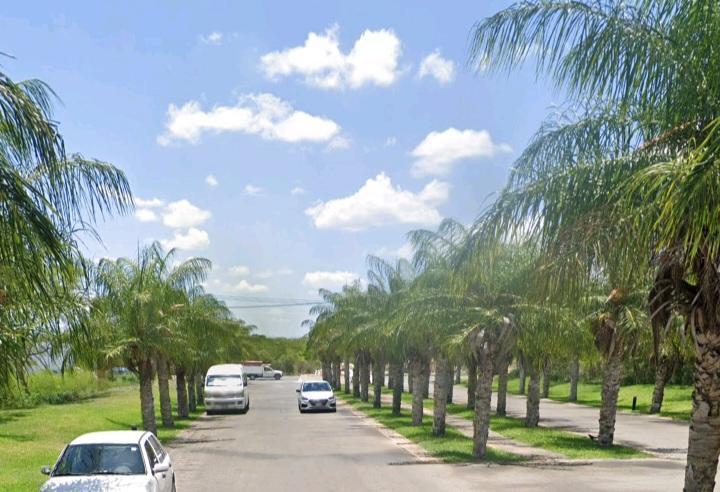
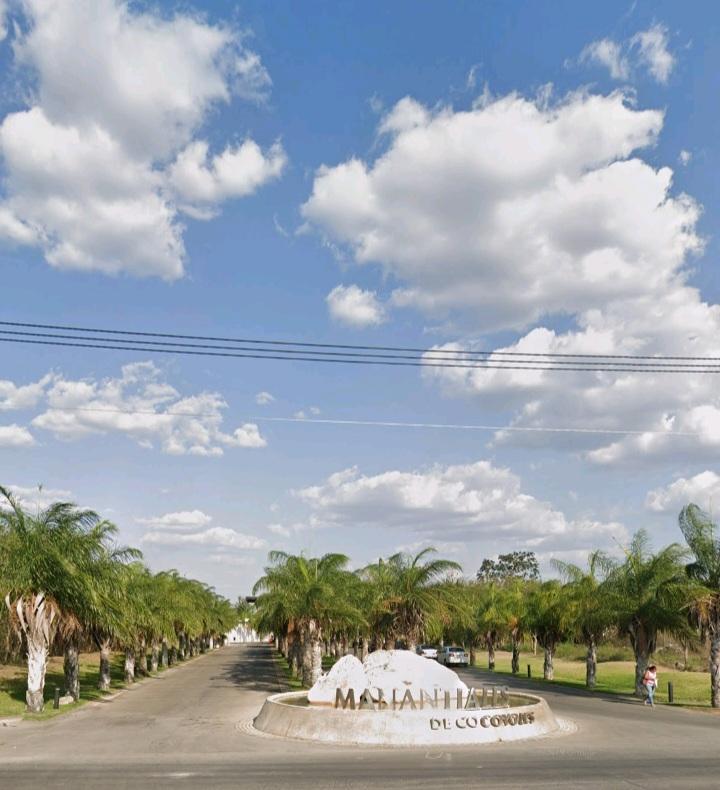
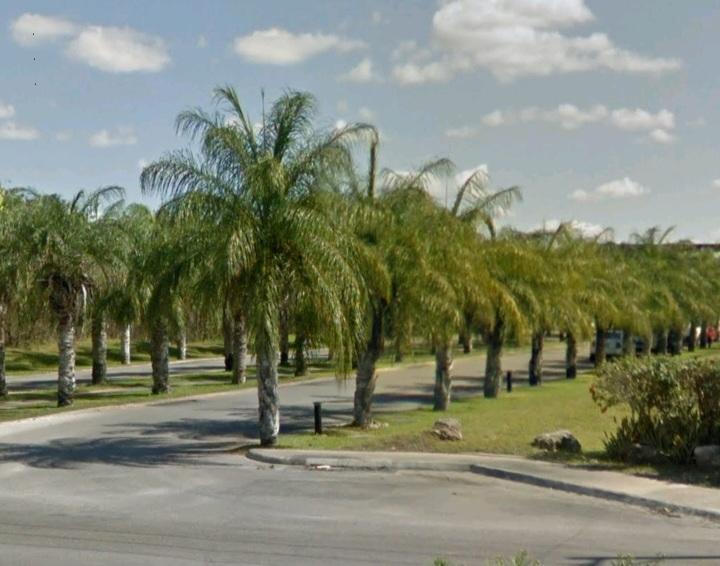
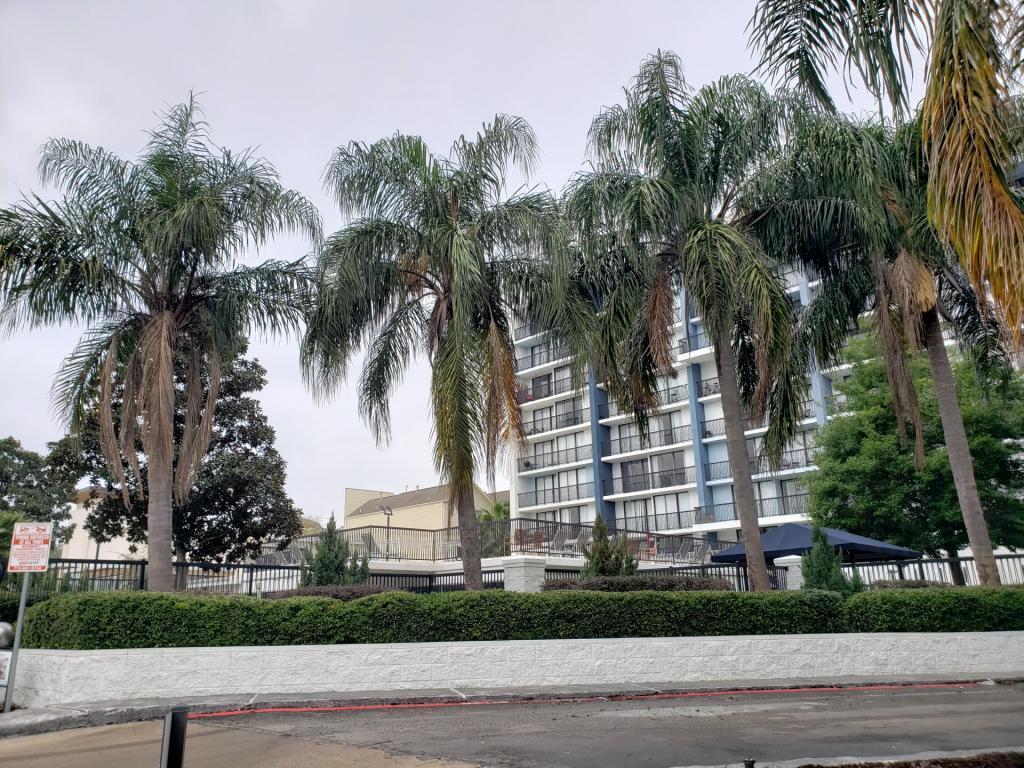
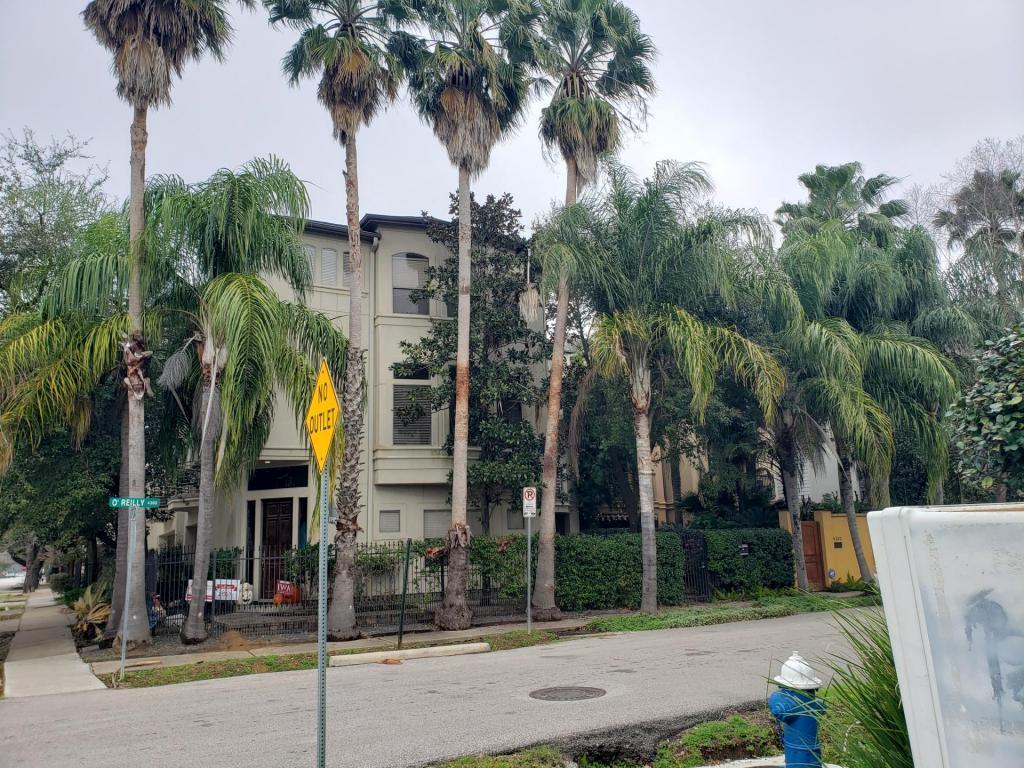



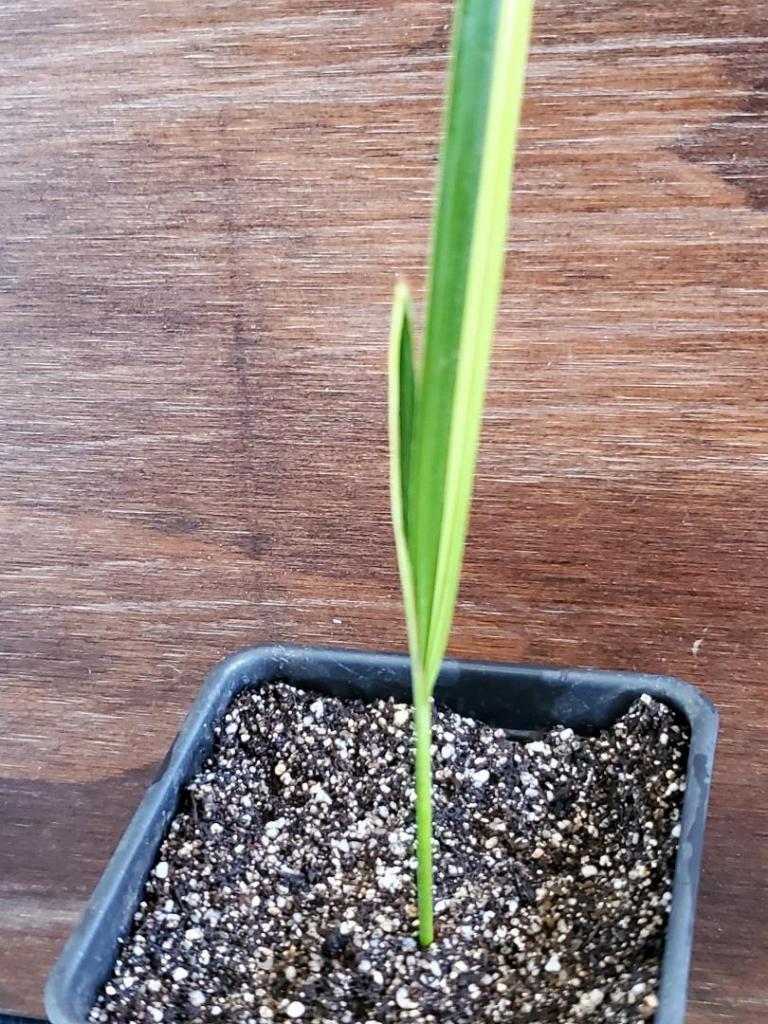

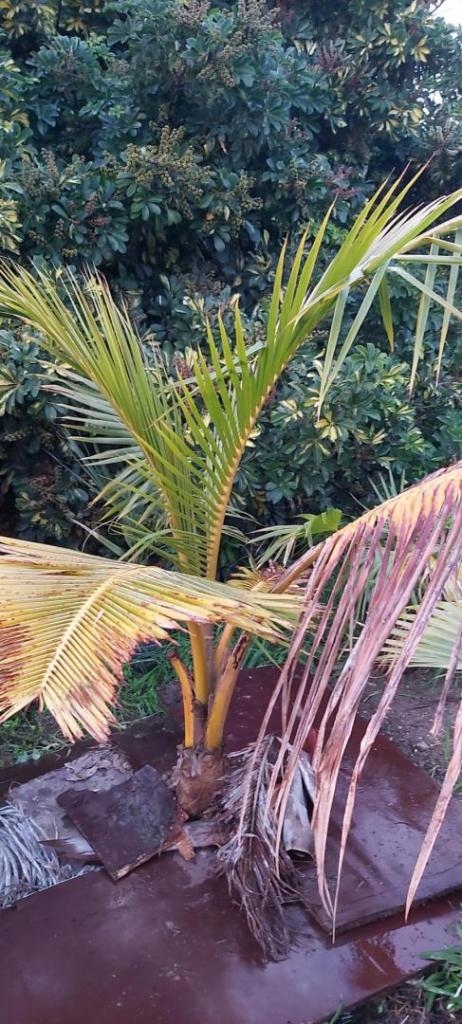
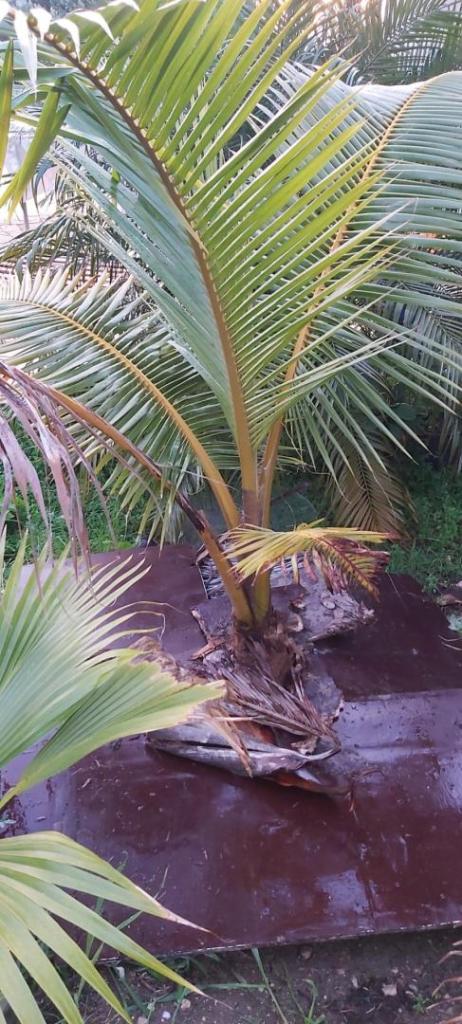
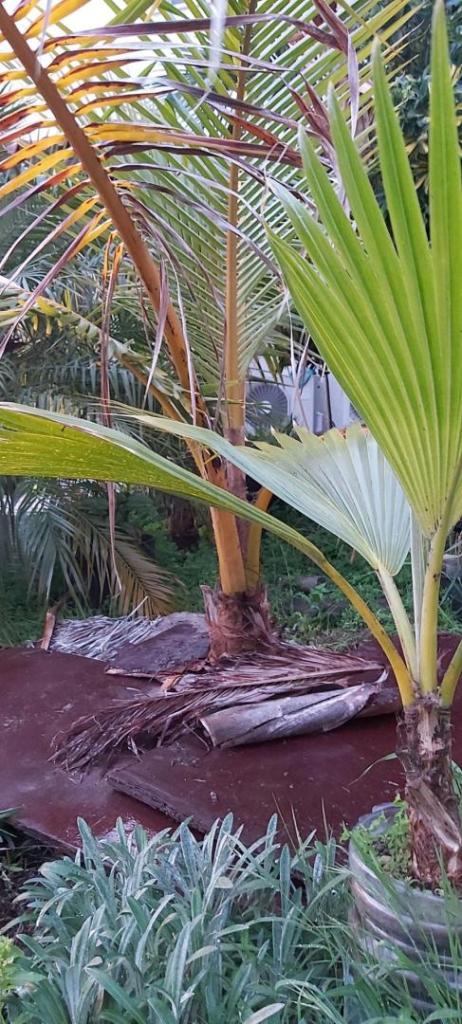


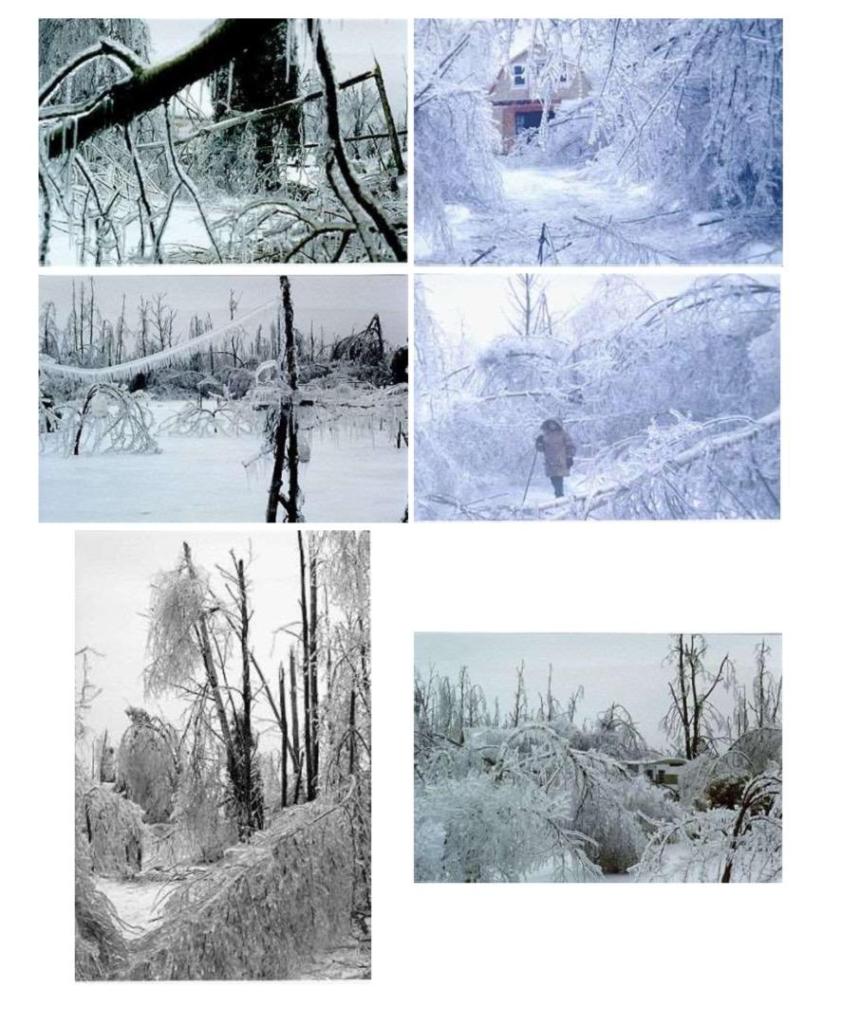
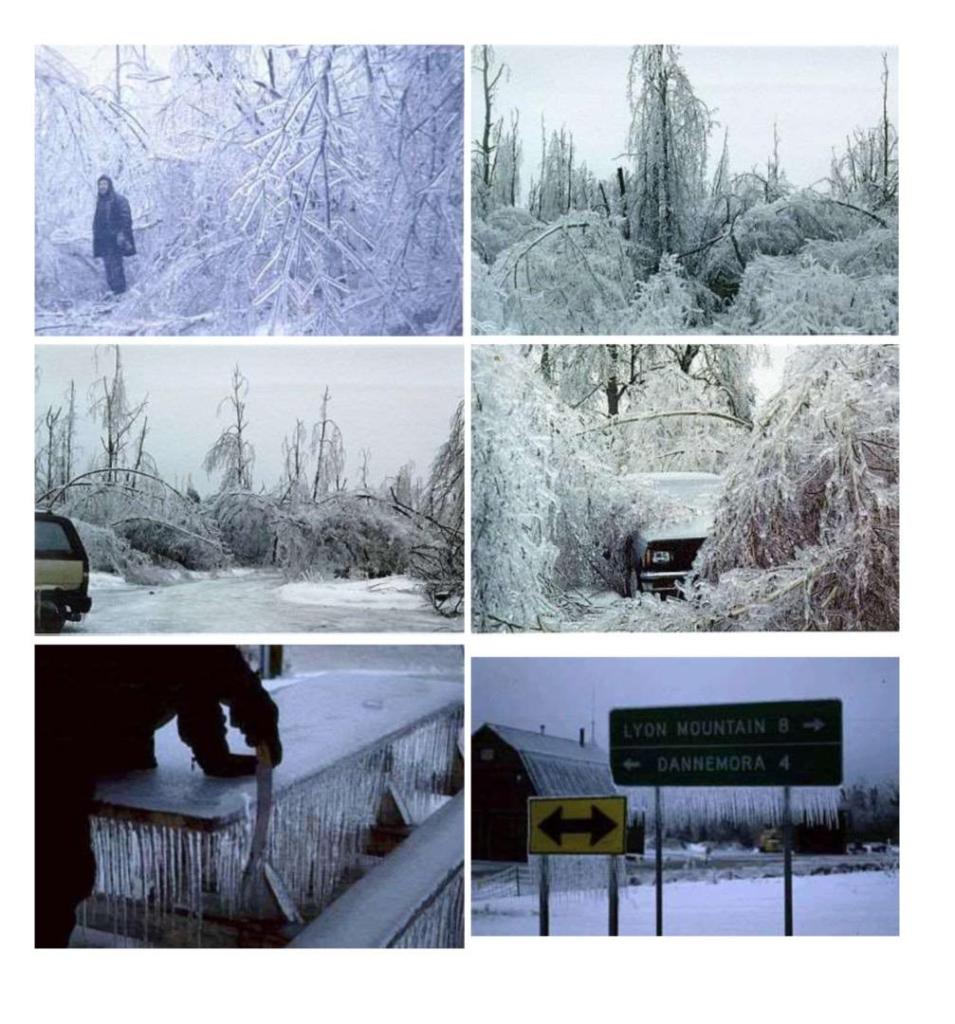

.thumb.jpg.b18c9276ca9b2d7f2ddcb92bdf9f0dd4.jpg)
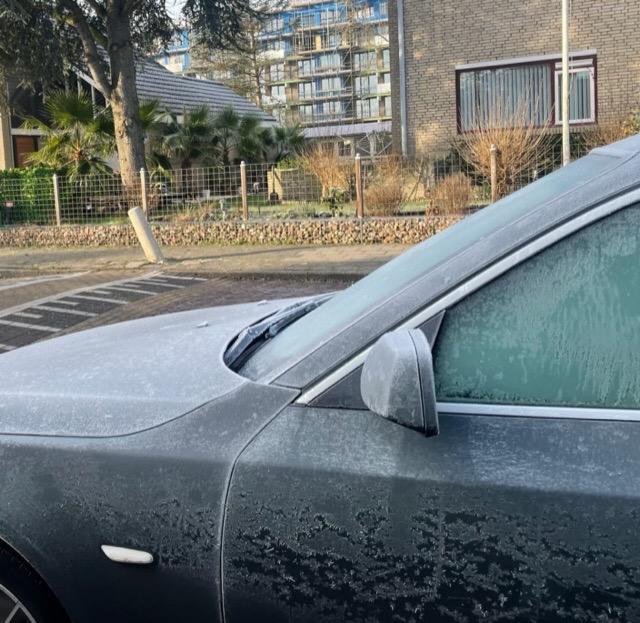




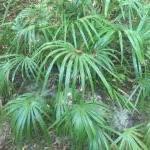




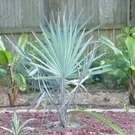

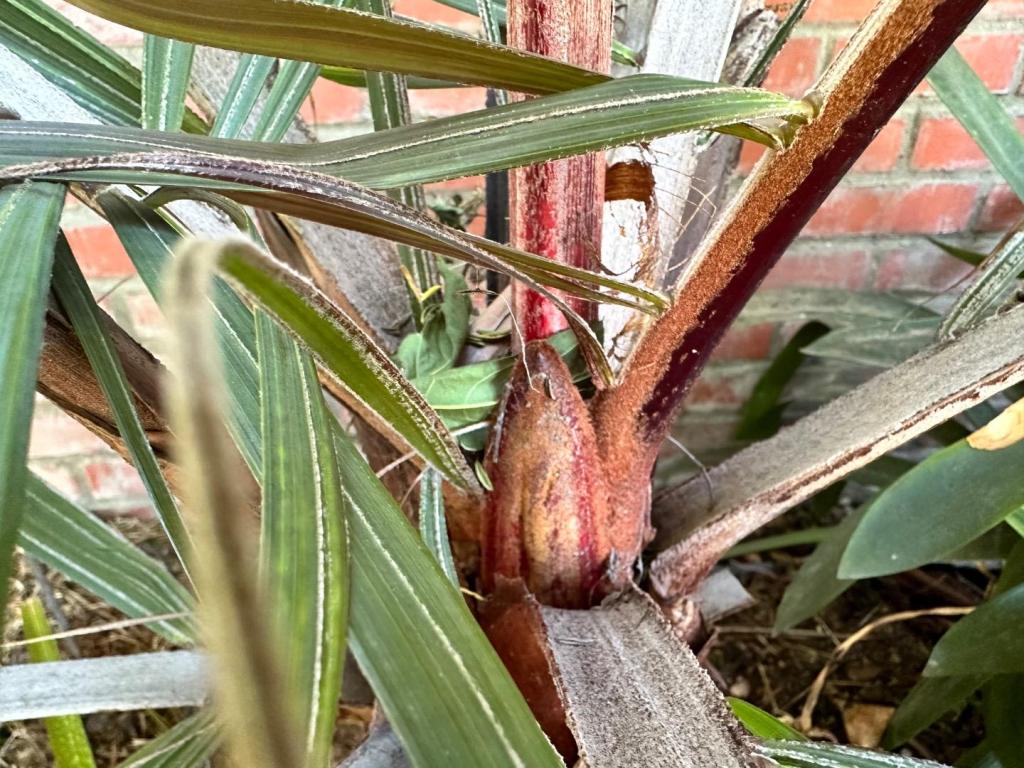

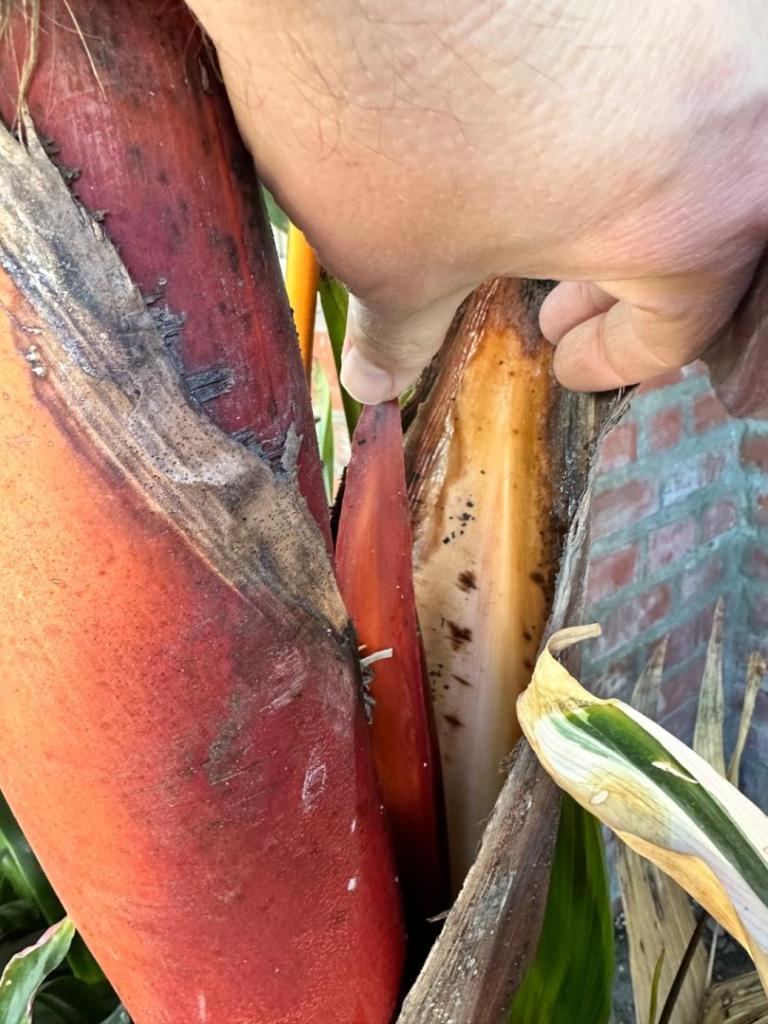

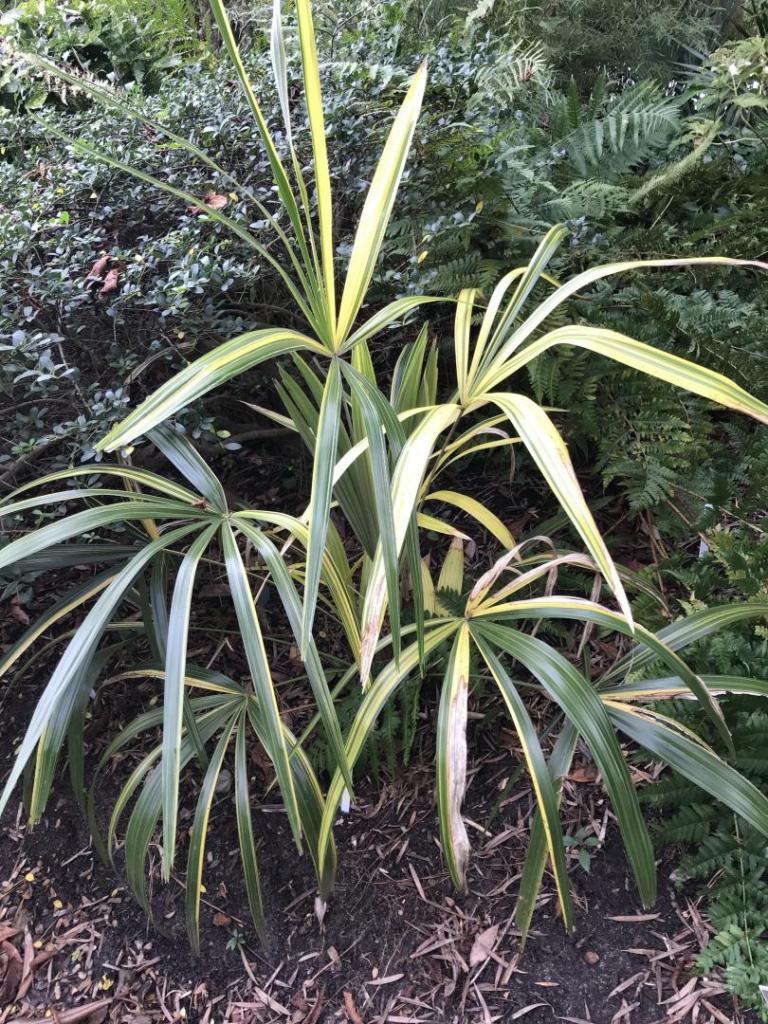
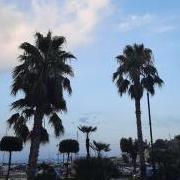



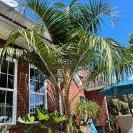
.thumb.jpg.304b32ca4398a111edf4ac525048111e.jpg)


